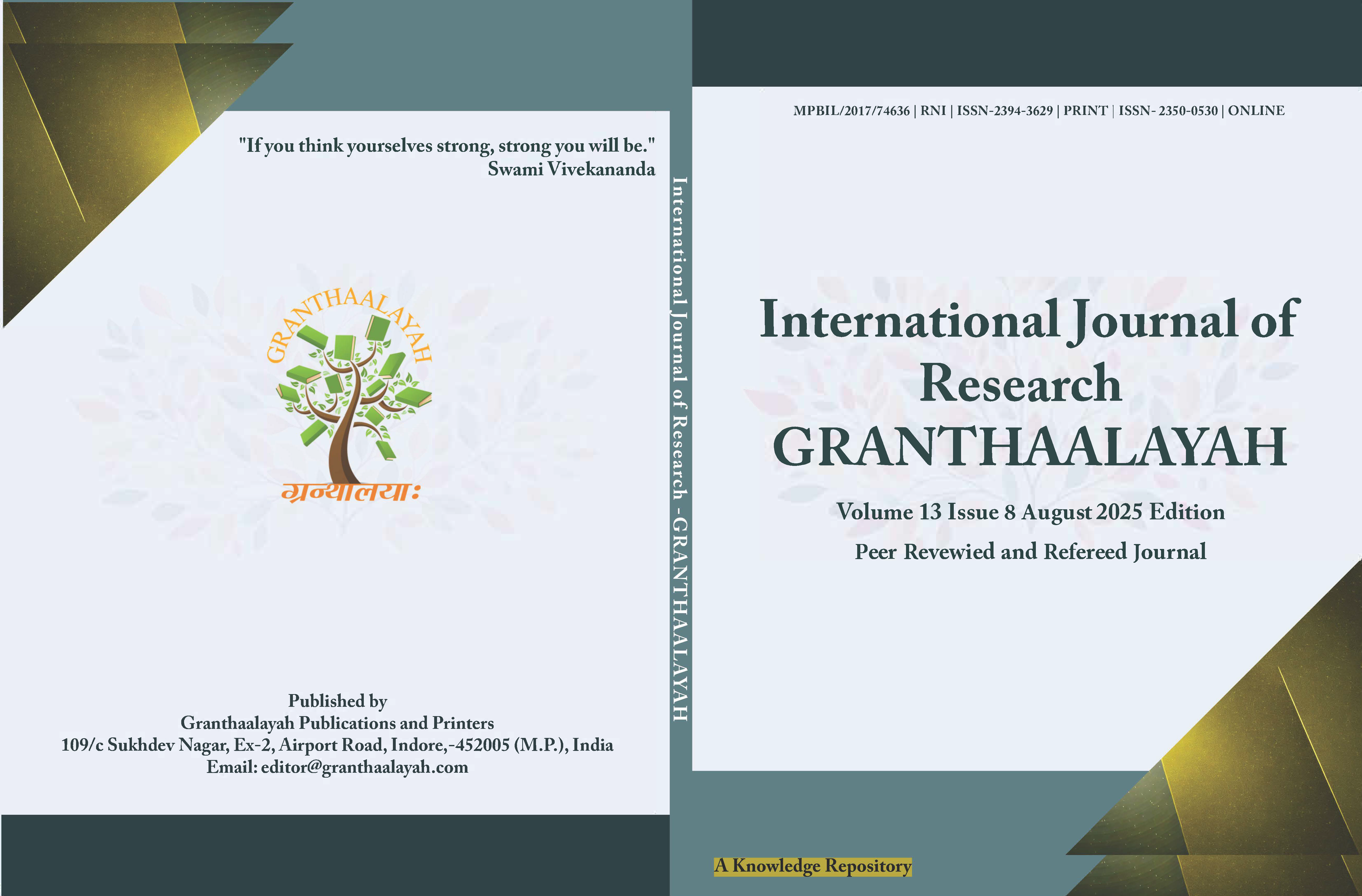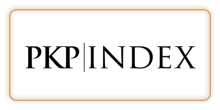ICICI PRUDENTIAL MUTUAL FUND: HOW TO INCREASE BUSINESS FROM ICICI BANK
DOI:
https://doi.org/10.29121/granthaalayah.v13.i8.2025.6463Keywords:
ICICI Bank, Prudential, Mutual Fund, BusinessAbstract [English]
This study digs into how ICICI Prudential Mutual Fund (ICICI Pru MF) can grow its business by tapping into ICICI Bank’s huge customer network. We took a hard look at survey responses from both customers and relationship managers (RMs), paired those with sales data, and ran the numbers to see what really moves the needle. ICICI Pru MF already has a big name and a ready-made audience, thanks to its connection with ICICI Bank. Still, most bank customers haven’t jumped into mutual funds. So, what’s holding them back? This research aims to pinpoint the real, measurable reasons people either start or stick with mutual funds—and then tests how things like digital onboarding, RM performance, incentive plans, and direct communication make a difference.
We surveyed 400 ICICI Bank customers and 100 RMs spread across five major cities. The questions covered everything from how much customers know about mutual funds, how easy they think the process is, how much they trust their advisor, what they think about incentives, and whether they’re actually interested in investing. We also pulled sales data to track trends. After crunching the numbers with statistics and regression analysis, some patterns stood out.
Turns out, the easier it is to get started, the more involved and trustworthy the RM, and the more aware a customer is, the more likely they are to invest. Regression analysis showed that digital convenience (β = 0.42, p < 0.01) and RM trust (β = 0.36, p < 0.05) had the biggest impact on investment intention. Customers who know about incentives also tend to stick around longer. When we ran simulations, we found that improving key factors by just one standard deviation could boost mutual fund sign-ups by 25–35%.
So what actually works? The data says: simplify digital processes, train RMs with a focus on quality, redesign incentives to reward long-term SIPs, and tailor communication for different customer groups. The study recommends standardizing these strategies, keeping a close eye on the numbers, and rolling them out across all bank branches.
Downloads
References
Agarwal, S., and Sharma, P. (2022). Determinants of Mutual Fund Investment Through Banks. Indian Journal of Finance, 16(4), 45–56.
AMFI. (2023). Mutual Fund Industry Statistics and Reports. Association of Mutual Funds in India.
Bhattacharya, R., and Rao, P. (2020). Retail Mutual Fund Adoption : A Behavioral Perspective. Journal of Indian Banking Studies, 12(2), 33–48.
ICICI Prudential Asset Management Company. (2024). Annual Report 2023–2024. ICICI Prudential AMC.
Kotler, P., and Keller, K. L. (2016). Marketing Management (15th ed.). Pearson.
McKinsey and Company. (2021). Wealth Management Distribution in India. McKinsey & Company.
Thaler, R. H., and Sunstein, C. R. (2008). Nudge : Improving Decisions About Health, Wealth, and Happiness. Yale University Press.
Published
How to Cite
Issue
Section
License
Copyright (c) 2025 Akhil Ravishankar, Dr. Deepa Damodaran

This work is licensed under a Creative Commons Attribution 4.0 International License.
With the licence CC-BY, authors retain the copyright, allowing anyone to download, reuse, re-print, modify, distribute, and/or copy their contribution. The work must be properly attributed to its author.
It is not necessary to ask for further permission from the author or journal board.
This journal provides immediate open access to its content on the principle that making research freely available to the public supports a greater global exchange of knowledge.






























